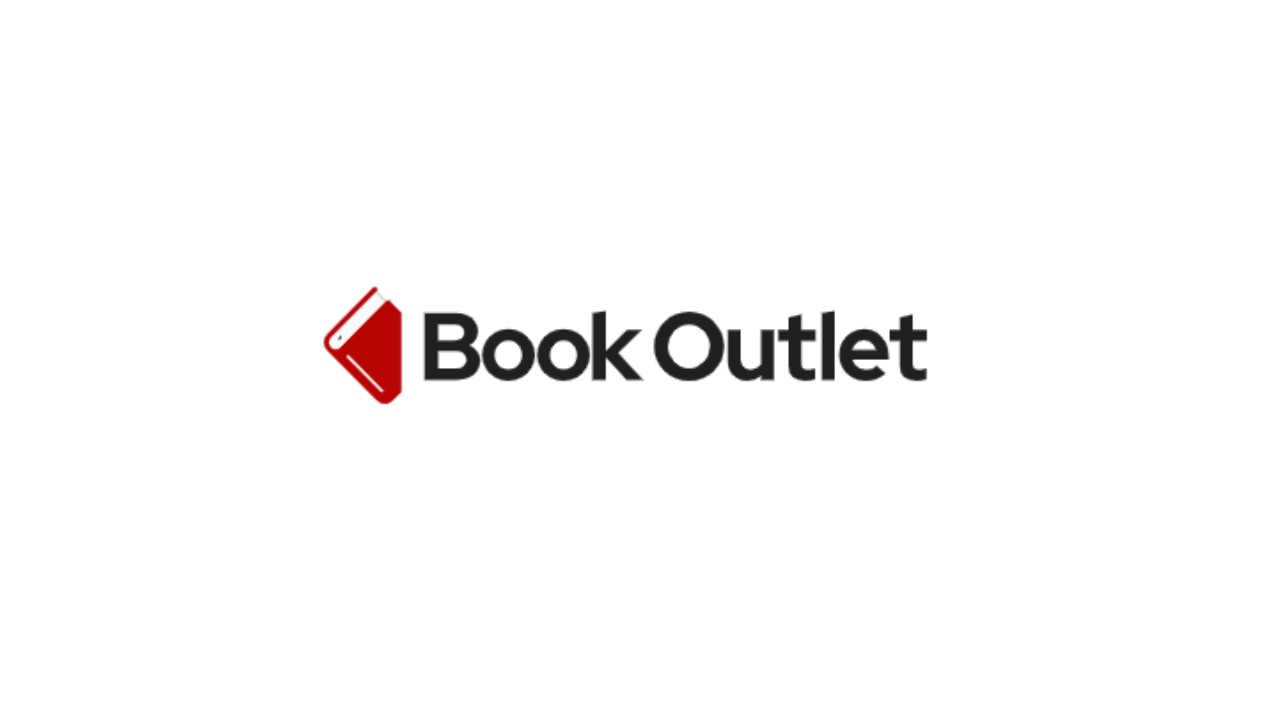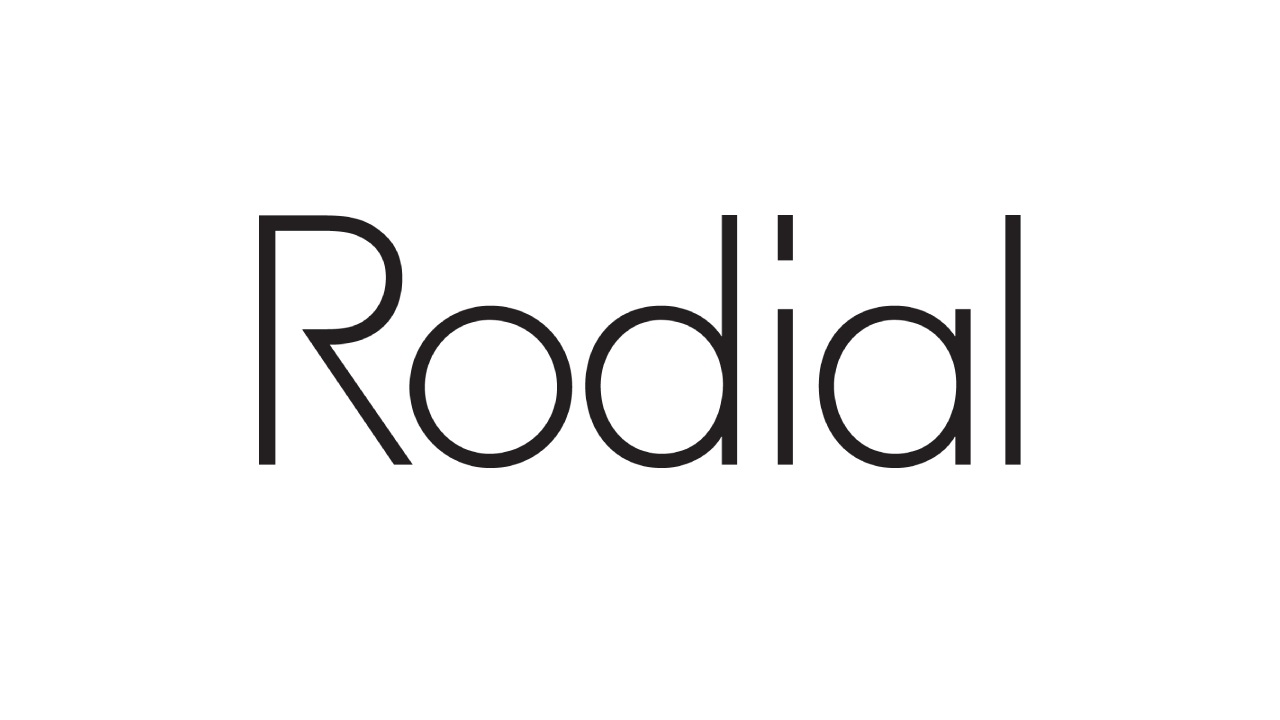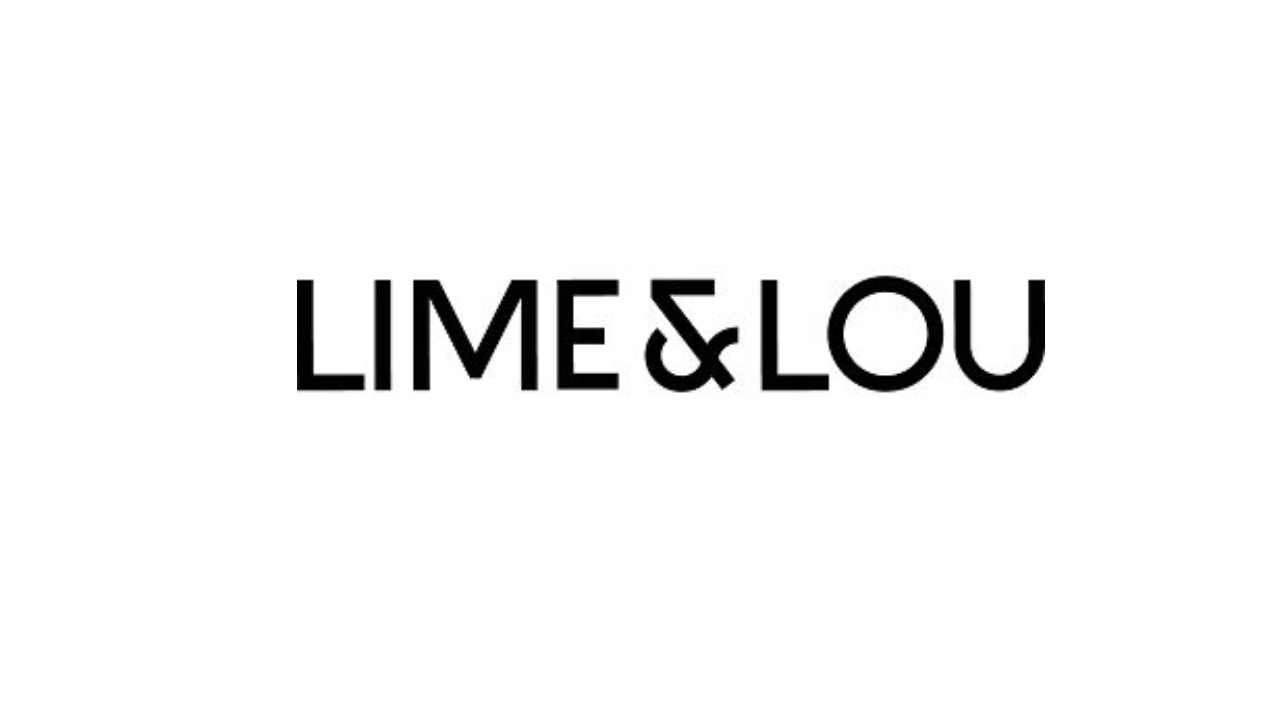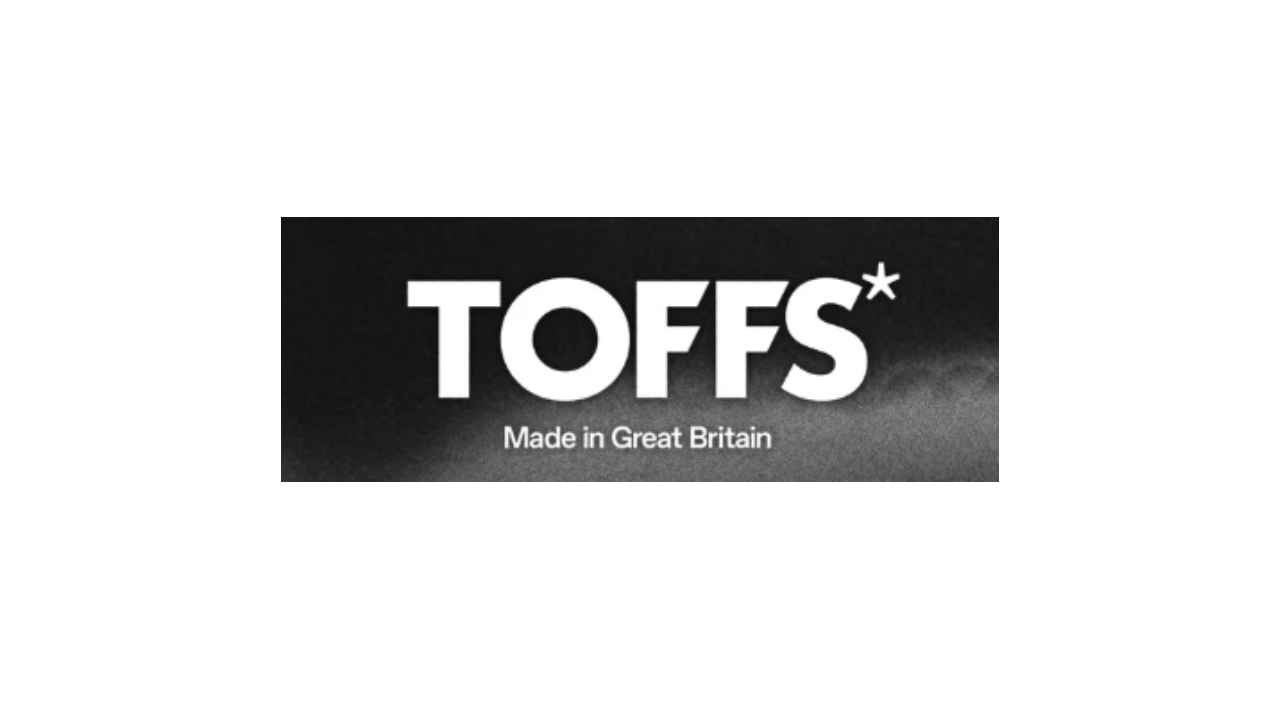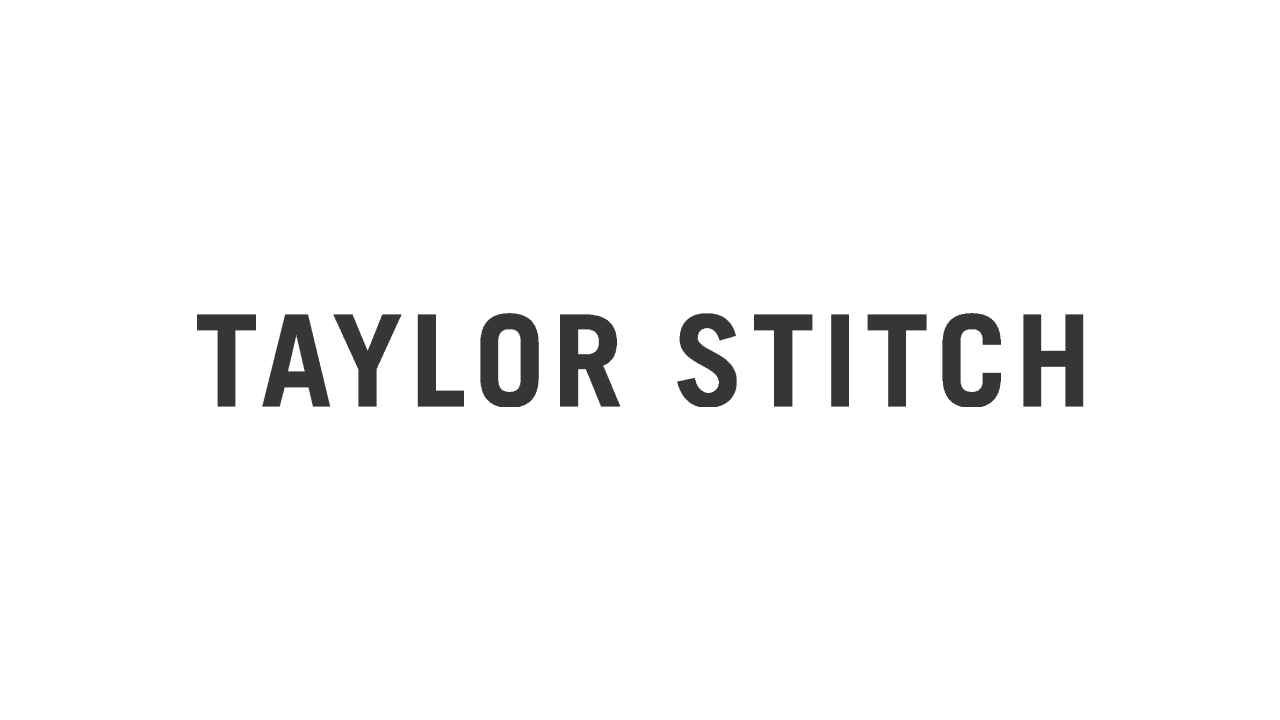This page may contain affiliate links. If you purchase through these links, we may receive a commission. This doesn't affect the opinions or assessments of our editors.
Bundle and Save $300 on Complete Kitchenware at Caraway
Refer a Friend: 10% Savings + Free Linen Gift
Verified 10% Off Your Order at Caraway
Baking & Cooling Duo For $85 at Caraway
Caraway’s Story
Founded in 2018 by CEO Jordan Nathan, New York-based Caraway is a direct-to-consumer cookware startup that’s already gaining recognition from trusted consumer reviewers such as Good Housekeeping and CNET.
Jordan’s idea for Caraway came from an accident. He forgot a Teflon pan on a burner for about 45 minutes, which filled his apartment with fumes and made him feel lightheaded. He wanted to create a safer alternative to traditional non-stick cookware. But he also wanted it to look stunning.
The brand’s core message is “quality cookware, without chemicals.” They live up to that message by using eco-friendly ceramic rather than polytetrafluoroethylene or PTFE, like the widely known Teflon, to make their pots and pans.
In this review, I break down the pros and cons of Caraway cookware.
You’ll learn:
- What it’s made of and why it matters
- How it looks and feels (with lots of pictures)
- How it performs in the kitchen
- What I like and dislike about it
- And much more
So, if you’re shopping for new ceramic-coated cookware and considering Caraway, keep reading.
Like other cookware startups, such as Made In Cookware (see my review), Abbio, Great Jones, and Misen, Caraway started as a direct-to-consumer company, selling exclusively on its website.
However, in 2021 Caraway became available at Crate and Barrel, West Elm, and several other retailers.
The brand’s name is inspired by the caraway seed, a versatile and distinct spice used in both sweet and savory dishes.
Now that you know a bit about Caraway, let’s get into their cookware.
Product Offerings
Caraway’s product offerings are simplified. Unlike other brands that have dozens of cookware collections, Caraway only has one. You can save by purchasing their cookware as a complete set, or get exactly what you need by purchasing individual pieces.
The company also offers an array of contemporary kitchen linens such as tea towels, aprons, and potholders, but I’m focusing solely on the cookware in this review.
The Cookware Set
The complete cookware set includes (click the links to see the price of each piece individually):
- 10.5-inch Fry Pan
- 3-qt. Sauce Pan with lid
- 4.5-qt. Sauté Pan with lid
- 6.5-qt. Dutch Oven with lid
You have a choice of five colors: navy, sage, perracotta (a trend-setting blend of terracotta and pink), gray, or cream. These color options will continue to change and expand as the brand grows.
As a bonus when you buy the complete set, you get a storage solution, including four magnetic racks. The racks can be stacked horizontally or vertically.
You’ll also receive a durable hanging lid holder made from hand-washable canvas. You can mount it to any sturdy surface in your kitchen, such as a wall or interior cabinet door, which helps if you have limited storage.
Next up, let’s talk about materials and safety.
Materials and Safety
Caraway cookware is made with a heavy-gauge aluminum core free of lead, cadmium, and other toxic metals.
Its interior and exterior are coated in a proprietary, mineral-based ceramic and features a stainless steel plate on the bottom, making it compatible with induction cooking. The cookware gets its non-stick quality from the multi-layer, mineral-based ceramic.
There are two types of ceramic cookware: 100% ceramic and ceramic coated. Caraway cookware is ceramic coated, meaning it has a metal (in this case, aluminum) core. Ceramic cookware is made from naturally occurring minerals such as clay minerals and quartz sand.
Ceramic is a more earth-friendly option than PTFE (Teflon) and doesn’t use the man-made chemicals associated with PTFE non-stick cookware. Another benefit to ceramic non-stick is the lack of harmful gasses PTFE can give off when overheated.
Here’s the key takeaway: PTFE non-stick is definitely safe for cooking temperatures under 500 degrees Fahrenheit, but if you want to guarantee your safety from toxic fumes, ceramic non-stick is a better choice.
Here are a few tips when using PTFE non-stick cookware:
- Discard cookware produced before 2013 if you’re unsure if PFOA was used in the manufacturing process.
- Don’t overheat your non-stick pan and follow the manufacturer’s heat rating guidance.
- Avoid cheaply made PTFE non-stick and opt for well made, multi-layer non-stick pots and pans such as All-Clad or Calphalon.
- Use nylon, silicone, or plastic utensils to avoid scratching the non-stick surface.
This doesn’t mean you should throw out your PTFE cookware. While there is an ongoing debate in the industry over PTFE, much of the discussion is over a chemical called perfluorooctanoic acid (PFOA), previously used to produce PTFE non-stick cookware, but hasn’t been used since 2013.
Next, I’ll discuss how Caraway’s ceramic non-stick cookware is designed.
Design
Let’s dive into the nuts and bolts of Caraway’s design. I’ll use the Navy, 10.5-inch Fry Pan to help tell the story.
Pan Interior
As seen in the picture below, the cookware interior is a multi-layer, mineral-based ceramic coating with a naturally non-stick surface. The interior is smooth to the touch and has a noticeable luster to it that adds to its non-stick appeal.
The rims are not flared, which helps prevent spills and makes flipping eggs a breeze, but it’s not the greatest for neatly pouring liquids.
The interior is light gray, making it easy to see what you’re cooking or when browning in the pan.
Pan Exterior
The exterior is also coated in a mineral-based ceramic with a steel base, making it induction compatible. You have a choice of five attractive colors, including navy, sage, perracotta, gray, or cream.
After about a week of testing this pan, I noticed a small chip in the exterior ceramic.
As you can see, the mark is tiny and not a big deal. If you have a gas stove with rough metal grates, be careful when you rotate and lean the pan.
The steel plate should be the only part of the pan that comes in contact with the grates. If the ceramic scrapes
against the grates, there’s a good chance it will chip.
Handles
The handles are made with mirrored stainless steel and are hollow to disperse heat. They provide a beautiful, sleek contrast with the pan’s color but are susceptible to fingerprints, so keep a buffing cloth nearby when having guests over.
As seen in the picture below, the handle is attached to the pan in a Y-shaped with two rivets to secure it.
They are comfortable in hand, but they do get hot closer to the cooking surface. Fortunately, there’s a small bump on the underside to warn you to keep your hands away.
Lids
Lids are cast aluminum and feature mirrored stainless steel, low-profile handles that nearly run the length of the lid. The Dutch Oven lid can also fit the frying pan, so all pots and pans have the option of lidded cooking.
Overall, the cookware has heft. It’s sturdy and well-built but with delicate design features and stunning color choices.
Heat Test Results
I tested the Caraway non-stick ceramic fry pan against a Calphalon Contemporary non-stick pan of equal size to determine the speed and evenness of heating.
I poured two cups of room-temperature water in each pan, placed them on the same sized burner, and set the heat to high. The performance indicators were how fast the water boiled and how evenly the bubbles dispersed.
Here’s what happened:
The Caraway pan boiled water a touch faster than its Calphalon counterpart — about a 25-second difference. It took 2 minutes and 5 seconds to boil water in the Caraway Cookware pan, while the Calphalon took 2 minutes and 30 seconds. Bubbles were evenly dispersed in both pans.
The verdict? For a fraction of the price of a high-end brand like Calphalon, you can get excellent heat distribution with Caraway.
Cooking Performance
Home chefs will appreciate how easy it is to cook with these pans. Let me run down a few pros and cons:
Cooking Performance Pros
- Non-toxic coating is safe
- You don’t need much oil; eggs slide around the pan effortlessly
- Heats fast and evenly
- Walls are tall to prevent spills
- Oven safe up to 550 degrees Fahrenheit
- Compatible with all cooktops, including induction
- Handles are comfortable and designed to disperse heat
- Simple cleanup with warm soapy water and a non-abrasive sponge or dishcloth
Cooking Performance Cons
- Not the best option for browning or searing because of the slippery surface (opt for cast iron, carbon steel, or stainless steel instead)
- No flared rims for pouring and sliding delicate food to the plate
- Not broiler safe
I’ve tested this pan by cooking eggs, chicken, peppers, onions, and grilled cheese, among many other meals. And, the heat test results don’t lie—this cookware heats up fast and evenly. Food never sticks to the surface, and it’s super easy to clean.
FAQs About Caraway Cookware
Here are some quick answers to questions you may have about Caraway Cookware.
Is Caraway Cookware oven-safe?
Yes, up to 550 degrees Fahrenheit.
Is Caraway Cookware induction compatible?
Yes, it can also be used on all types of cooktops.
Is Caraway Cookware dishwasher-safe?
No, make sure to hand wash only. Cleaning in a dishwasher could degrade the coating over time.
Where is Caraway Cookware made?
Caraway Cookware is designed in New York and made in China and India at factories that adhere to strict ethical manufacturing practices and meet standards for BSCI, SMETA, and Fair Trade.
Where can I buy Caraway Cookware?
Caraway Cookware is sold on CarawayHome.com, Crate and Barrel, West Elm, and several other retailers.
Can I buy an individual Caraway pan?
Yes. You can buy each pan individually, but you can save 14% by purchasing the entire set. Go to CarawayHome.com to view the current prices.
Will Caraway Cookware warp?
Warping is unlikely but possible if you expose it to sudden temperature changes such as placing a hot pan into a sink filled with cold water. If your pan ever warps, refer to my warping guide for help.
What utensils can I use with Caraway Cookware?
To maintain the integrity of the non-stick surface, use nylon, silicone, wooden, plastic, or any other non-abrasive utensil.
Does Caraway cookware come with a warranty?
Caraway offers a one-year warranty that covers defects in craftsmanship and materials. If you have any issues in the first year after buying the cookware, Caraway will repair or replace it for free. The warranty does not cover damage from commercial use, misuse, minor cosmetic damage, or scratches to the non-stick coating. Read the full details on CarawayHome.com.
Can I return Caraway Cookware?
Caraway offers a 30-day, no-hassle return and refund policy for their products. You can read the full policy here.
How long does Caraway cookware last?
No non-stick cookware will last forever, and Caraway is no exception. On average, Caraway cookware will last one to three years, at which point the ceramic non-stick coating breaks down and loses its effectiveness. You can prolong the lifespan of Caraway cookware by using soft utensils, cooking on low to medium heat, and handwashing it after each use. Check out this guide to learn more about how long non-stick pans (like Caraway) last and how to know when it’s time to replace them.
Does Caraway Cookware offer free shipping?
Yes, if you meet a specific dollar amount, your order is shipped for free. To see the current offers, go to CarawayHome.com.
How much does Caraway Cookware cost?
Caraway is not the cheapest ceramic cookware on the market, but it’s affordable given the high quality. The reason they can offer relatively low prices for quality cookware is that they sell primarily on their website with no retail markups. For up-to-date pricing, visit CarawayHome.com.
Bottom Line: Should You Buy Caraway Cookware?
Caraway is an emerging cookware brand that already boasts a growing fan base. But is it the right cookware for you?
You should buy Caraway cookware if you are looking for these features:
- Eco-friendly
- Less expensive direct-to-consumer pricing
- Included storage features
- Made from quality materials
- Simple options (one set and four pots and pans to choose from)
- Modern, fun, yet sophisticated design
- Even heating and cooktop/oven versatile
- Steady cooking performance
- Broad choice of colors
Here are some cons of buying Caraway cookware:
- New to the market and unproven (founded in 2018)
- Exterior is susceptible to chipping when used on rough cooking surfaces
- Limited choices (only ceramic non-stick and one collection to choose from)
- Non-stick ceramic is known to break down faster than traditional non-stick (PTFE)
- Not the best cookware for searing or browning meat
Overall, Caraway lives up to its promise. It’s made with safe materials and has a functional and attractive design. The cookware heats quickly and evenly, providing excellent cooking performance.
Caraway is not your ultra-premium, “forever” stainless steel cookware, but it’s not trying to be, and it’s priced accordingly. It’s geared towards home cooks looking for a practical, eco-friendly, healthy, and affordable cookware alternative. In those respects, it’s a winner.
Visit CarawayHome.com to learn more about this exciting new brand.



